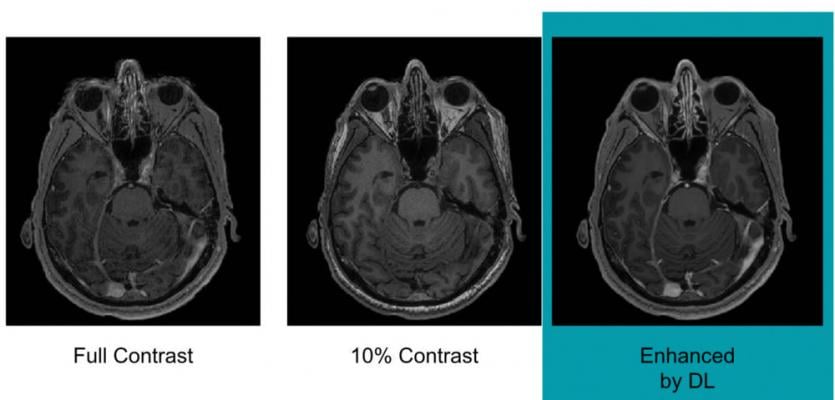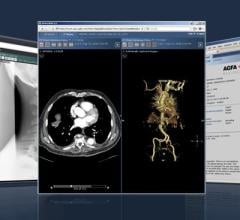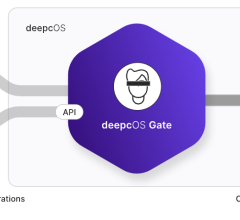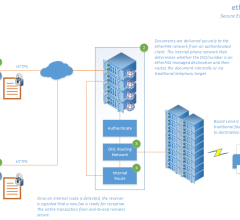
Example of full-dose, 10 percent low-dose and algorithm-enhanced low-dose. Image courtesy of Enhao Gong, Ph.D.
November 27, 2018 — Researchers are using artificial intelligence (AI) to reduce the dose of a contrast agent that may be left behind in the body after magnetic resonance imaging (MRI) exams, according to a new study. The study was presented at the 2018 annual meeting of the Radiological Society of North America (RSNA), Nov. 25-30 in Chicago.
Gadolinium is a heavy metal used in contrast material that enhances images on MRI. Recent studies have found that trace amounts of the metal remain in the bodies of people who have undergone exams with certain types of gadolinium. The effects of this deposition are not known, but radiologists are working proactively to optimize patient safety while preserving the important information that gadolinium-enhanced MRI scans provide.
“There is concrete evidence that gadolinium deposits in the brain and body,” said study lead author Enhao Gong, Ph.D., researcher at Stanford University in Stanford, Calif. “While the implications of this are unclear, mitigating potential patient risks while maximizing the clinical value of the MRI exams is imperative.”
Gong and colleagues at Stanford have been studying deep learning as a way to achieve this goal. Deep learning is a sophisticated artificial intelligence technique that teaches computers by examples. Through use of models called convolutional neural networks, the computer can not only recognize images but also find subtle distinctions among the imaging data that a human observer might not be capable of discerning.
To train the deep learning algorithm, the researchers used MR images from 200 patients who had received contrast-enhanced MRI exams for a variety of indications. They collected three sets of images for each patient:
- Pre-contrast scans, done prior to contrast administration and referred to as the zero-dose scans;
- Low-dose scans, acquired after 10 percent of the standard gadolinium dose administration; and
- Full-dose scans, acquired after 100 percent dose administration.
The algorithm learned to approximate the full-dose scans from the zero-dose and low-dose images. Neuroradiologists then evaluated the images for contrast enhancement and overall quality.
Results showed that the image quality was not significantly different between the low-dose, algorithm-enhanced MR images and the full-dose, contrast-enhanced MR images. The initial results also demonstrated the potential for creating the equivalent of full-dose, contrast-enhanced MR images without any contrast agent use.
These findings suggest the method’s potential for dramatically reducing gadolinium dose without sacrificing diagnostic quality, according to Gong.
“Low-dose gadolinium images yield significant untapped clinically useful information that is accessible now by using deep learning and AI,” he said.
Now that the researchers have shown that the method is technically possible, they want to study it further in the clinical setting, where Gong believes it will ultimately find a home.
Future research will include evaluation of the algorithm across a broader range of MRI scanners and with different types of contrast agents.
“We’re not trying to replace existing imaging technology,” Gong said. “We’re trying to improve it and generate more value from the existing information while looking out for the safety of our patients.”
Gong received an RSNA “Trainee Research Prize – Resident” award for his research.
For more information: www.rsna.org
Related Gadolinium Content
The Debate Over Gadolinium MRI Contrast Toxicity
VIDEO: How Serious is MRI Gadolinium Retention in the Brain and Body?
VIDEO: Big Concerns Remain for MRI Gadolinium Contrast Safety at RSNA 2017
Radiology Has Failed to Properly Assess or Track MRI Gadolinium Contrast Safety
FDA Committee Votes to Expand Warning Labels on Gadolinium-Based Contrast Agents


 May 16, 2024
May 16, 2024 








